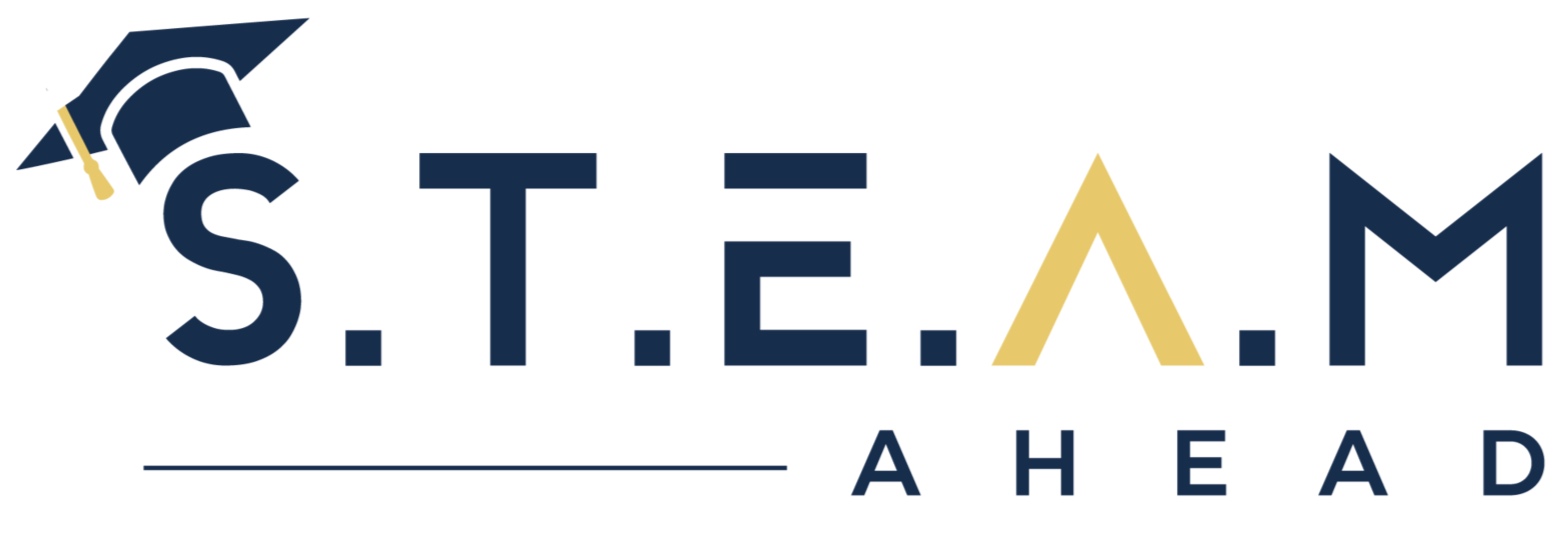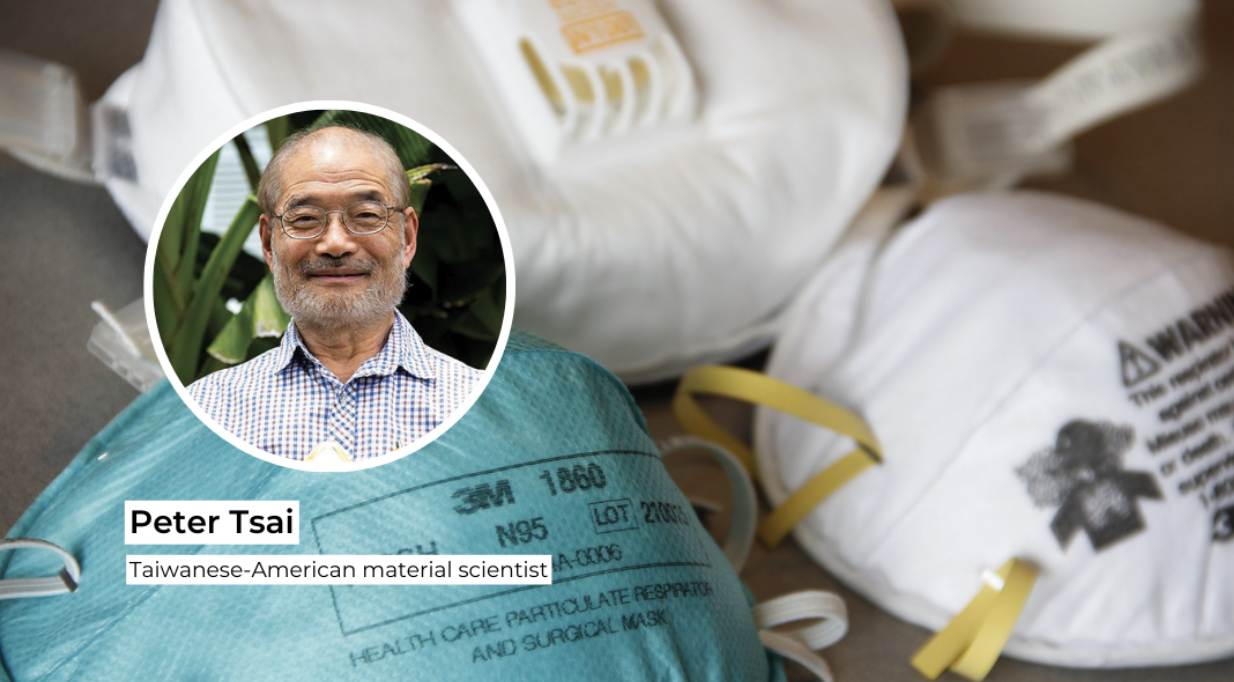5 STEM Innovations by Asian Americans and Pacific Islanders
Asian Americans and Pacific Islanders (AAPI) have made groundbreaking contributions to many facets of American culture and society, including in the fields of Science, Technology, Engineering, Arts, and Mathematics (S.T.E.A.M.).
To commemorate Asian American and Pacific Islander Heritage Month, we’ve highlighted five breakthrough innovations by Asian Americans and Pacific Islanders that have changed the world.
1. N95 Mask Filter
Photo source: CDC // Wikipedia
Peter Tsai, a Taiwanese-American material scientist, is acclaimed for his invention of the N95 mask filter which was originally designed for construction workers to block dangerous microparticles from dust and gas.
In 2019, when the first case of Covid-19 was detected, Peter’s innovation transitioned from a mere construction mask to a life-saving technology that protected the health of many. In spite of having retired in 2018, Peter came out of retirement during the COVID-19 pandemic to work with the UT Research Foundation to establish a method for scaling up production and sterilizing N95 respirators for reuse.
“My invention is just an ordinary invention in an extraordinary time,” Tsai said in an interview with the U.S. Embassy In Georgia.
2. Universal Serial Bus (USB)
Photo source: Karolina Grabowska // Imperial College London
Ajay Bhatt, an Indian-born American computer architect, developed an array of computer-related technologies, including the USB. Ajay came up with the idea when his daughter encountered difficulty connecting a home printer to the computer. It was a simple task yet complex even for an engineer.
To address the dilemma, Ajay put together a team from Intel to design an easier way of connecting computers. In 1995, the first integrated circuits supporting USB were produced under Intel Corporation. Although billions of USBs were sold, Ajay did not make money from it; however, he believes his contribution to the computer industry compensates for it.
“I don’t do these things for money, I did this to bring about change, and it’s not very often that somebody gets a chance to bring about this big a change,” he said in an interview with Insider.
3. Functional Cure for HIV-Positive Infants
Photo source: ABC News // UMass Medical School
Dr. Katherine Luzuriaga, a Filipino-American physician and pediatric immunologist, was named one of Time Magazine’s 100 Most Influential People In The World in 2013 — along with Dr. Hannah Gay and Dr. Deborah Persaud — for functionally curing a newborn with HIV infection.
Their study was presented in Atlanta at the Conference on Retroviruses and Opportunistic Infections (CROI). The study showed that following the administration of antiretroviral therapy (ART) within 30 hours of birth, infants experienced remission from HIV infections. This early diagnosis and treatment prevented the emergence of latent cells that, in the majority of HIV patients, would have reignited the infection. Ten months after discontinuation of treatment, the child underwent blood tests, none of which showed signs of HIV in the blood. This breakthrough paved the way to reducing HIV infection in children and raised hope for babies worldwide.
“We never thought this was possible,” said Dr. Katherine in an interview with UMass Chan Medical School.
4. Atomic Physics
Photo credit: Tara Winstead // Wikipedia
Dr. Chien-Shiung Wu, a Chinese-American particle and experimental physicist, played an important role in the development of atomic physics. In 1944, Wu joined the Manhattan Project, a code name for research in atomic bombs during World War II. There, she contributed to the advancement of existing technology used for uranium enrichment and radiation detection.
After the war, Wu focused on studying beta decay and made several significant contributions, including the first confirmation of Enrico Fermi’s theory of beta decay. Soon after her accomplishment, Tsung Dao Lee and Chen Ning Yang sought her expertise to devise an experiment to prove their theory on beta decay. Although Wu was apart of the team, she was not acknowledged when both Lee and Yang received the Nobel Prize in 1957. Aware of the gender discrimination in her field, Wu continued to advocate for women to pursue careers in science.
"I wonder whether the tiny atoms and nuclei, or the mathematical symbols, or the DNA molecules have any preference for either masculine or feminine treatment" Wu stated during a symposium at MIT.
5. Modern Hawaiian Star Compass
Photo credit: Polynesian Voyaging Society // Spectrum News
Nainoa Thompson, a Native Hawaiian master navigator, developed the modern Hawaiian star compass based on Mau Piailug’s Carolinian star compass. At a young age, Nainoa learned about Polynesian voyaging through his father and studied how to use natural navigation methods.
In 1980, Nainoa completed his first voyage from Hawaii to Tahiti using the star compass, making him the first person since the 14th century to practice the near-extinct art of wayfinding.
Nainoa received multiple awards, including the Unsung Hero of Compassion Award from His Holiness XIV Dalai Lama and the Peter Benchley Ocean Award for Excellence in Marine Exploration.
“We can’t care for something we don’t understand. This is the purpose of why we explore and why we voyage.” - Nainoa Thompson





